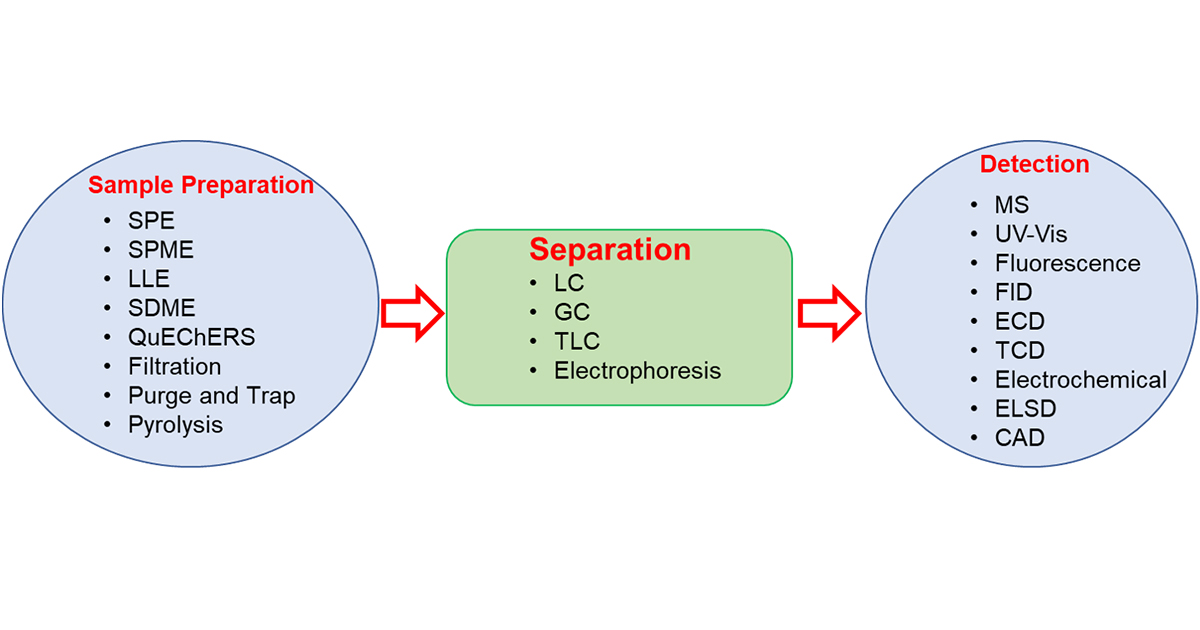Recent Advances in High-Efficient Separation Methods for the Analysis of Chemical and Biological Samples
A special issue of Processes (ISSN 2227-9717). This special issue belongs to the section "Chemical Processes and Systems".
Deadline for manuscript submissions: closed (10 January 2023) | Viewed by 1966

Special Issue Editors
Interests: chromatography; spectroscopy; sensors; sensor arrays; ionic liquids; multivariate data analysis
Special Issues, Collections and Topics in MDPI journals
Special Issue Information
Dear Colleagues,
The highly efficient separation of chemical and biological species is vital in various fields, including, but not limited to, the analysis of biological, environmental, food, forensic, petrochemical, and pharmaceutical samples. There has been a rapid increase in the number of publications employing high-performance liquid chromatography, gas chromatography, and capillary electrophoresis to separate and detect a wide range of chemical and biological molecules. In addition, a series of techniques, such as solid-phase extraction (SPE), dispersive solid-phase extraction (DSPE), dispersive solid-phase microextraction (DSPME), solid-phase microextraction (SPME), microwave-assisted extraction (MAE), liquid-liquid extraction (LLE), and dispersive liquid-liquid microextraction (DLLME), have been used for sample preparation prior to the separation.
This Special Issue of Processes, entitled “Recent Advances in High Efficient Separation Methods for the Analysis of Chemical and Biological Samples", aims to publish high-quality research pertaining to the development of efficient sample preparation and high-resolution separation methods. Reviews as well as original research articles related to the sample preparation and separation of challenging samples are welcome.
Dr. Bishnu P. Regmi
Dr. Umesh Chiluwal
Guest Editors
Manuscript Submission Information
Manuscripts should be submitted online at www.mdpi.com by registering and logging in to this website. Once you are registered, click here to go to the submission form. Manuscripts can be submitted until the deadline. All submissions that pass pre-check are peer-reviewed. Accepted papers will be published continuously in the journal (as soon as accepted) and will be listed together on the special issue website. Research articles, review articles as well as short communications are invited. For planned papers, a title and short abstract (about 100 words) can be sent to the Editorial Office for announcement on this website.
Submitted manuscripts should not have been published previously, nor be under consideration for publication elsewhere (except conference proceedings papers). All manuscripts are thoroughly refereed through a single-blind peer-review process. A guide for authors and other relevant information for submission of manuscripts is available on the Instructions for Authors page. Processes is an international peer-reviewed open access monthly journal published by MDPI.
Please visit the Instructions for Authors page before submitting a manuscript. The Article Processing Charge (APC) for publication in this open access journal is 2000 CHF (Swiss Francs). Submitted papers should be well formatted and use good English. Authors may use MDPI's English editing service prior to publication or during author revisions.
Keywords
- chemical and biological analysis
- sample preparation
- gas chromatography
- high-performance liquid chromatography
- micro gas chromatography
- micro liquid chromatography
- mass spectrometry
- capillary electrophoresis
- chiral separation






